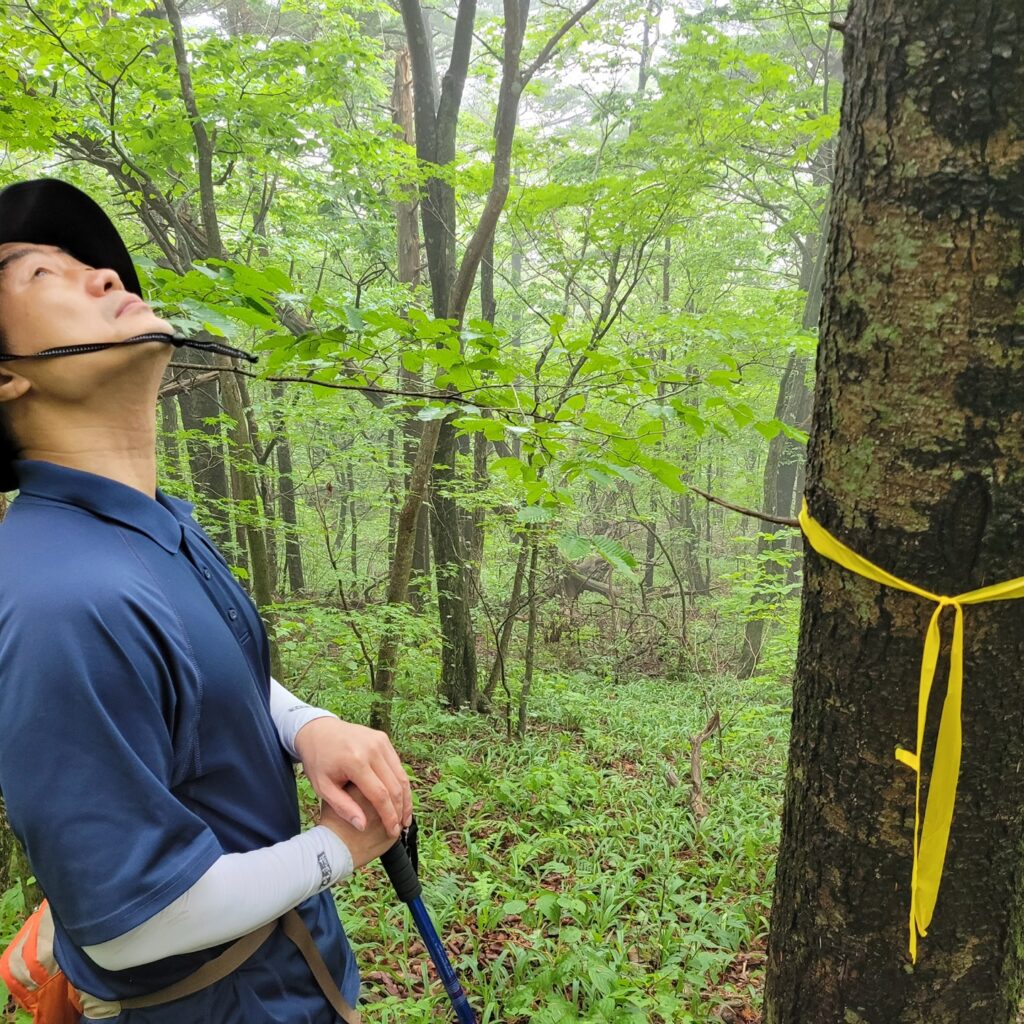Meet the Editor-in-Chief:
Professor Kim Hyun Seok
Professor Kim Hyun Seok is a notable figure in Forest Science and Environmental Studies. On top of being the Editor-in-Chief of Forest Science and Technology (FST), he is currently a Professor in the Department of Agriculture, Forestry and Bioresources, College of Agricultural and Life Sciences at Seoul National University where he has provided guidance to the Forest Ecophysiology Lab since 2011.
Professor Kim was also the Director of the National Center for Agro Meteorology from 2019 to 2022 and Co-Chair of iLEAPS-Korea since 2013. With his extensive experience in academia, his expertise has significantly contributed to advancing agriculture and forestry studies in Korea.
Can you introduce yourself, give us a brief description about who you are, and where you are based in the world.
I am currently a Professor at the Department of Forest Sciences, Seoul National University and in-charge of running their Forest Ecophysiology Laboratory.
I graduated from the Department of Forest Sciences, Seoul National University with a bachelor’s and master’s degree. For my master’s thesis, I conducted a study on the physiological damage of ozone to Zelkova serrata (medium-sized deciduous tree). Following that, I went to study at the University of Washington, where I produced another thesis on the relationship between water use and growth of poplar plantations that bring water from the Columbia River.
For my Ph.D. dissertation at Duke University in North Carolina, I participated in the FACE (Free Air CO2 Enrichment) experiment and became a research associate shortly after.
In a few sentences, please describe the focus of your work.
My laboratory studies the effects of climate change on forests. More specifically, we are interested in how the amount carbon and water in forests is changing. We look at this on different levels – for trees, we have installed more than 200 Sapflux sensors and monitored their transpiration since 2011. At the ecosystem level, we use a special system to measure how much water and CO2 is moving in and out of groups of trees with different types of leaves.
We also performed the experiment on a smaller level. We looked at individual leaves and measured things like photosynthesis and various biochemical substances such as non-structural carbon, abscisic acid are measured. After that, changes in RNA sequencing and protein expression after various treatments are then studied to see more fundamental changes.
What sparked your interest in this field and why is it important?
I became interested in the subject of Forestry when I learned that the environment in Korea was declining due to the rapid industrialization in 1970s and 1980s. With increasing levels of carbon dioxide present in the atmosphere, I realized the importance of forest ecosystems as an important nature-based solution to climate change. Since then, I have been studying water and carbon balance of forest ecosystems to enhance the carbon uptake by forests.



What lead you to become the Editor-in-Chief with Forest Science and Technology, and could you briefly share what your day-to-day role entail?
Forest Science and Technology is a well-established international journal on forest science research and it is a great honor for me to serve as its Editor-in-Chief. The Korean Society of Forest Science appointed the role to me after recognizing my expertise and contributions towards the field.
My day-to-day role involves overseeing the entire publication process of the journal including manuscript review, managing peer review process, editorial board management, decision making, policy development, networking with researchers, institutions, and other journals as well as public outreach. Despite its demands, being an Editor-in-Chief is fulfilling as it allows me to be at the center of forest science research and contribute new discoveries to its advancement.
UN secretary general, António Guterres quotes – “The era of global boiling has arrived.” Can you share any insights into significant research findings on the impact of global warming on the environment today? How do these observations indicate potential implications for the well-being of both forest ecosystems and human populations?
The sentiment by Secretary Antonio Guterres is echoed in my research findings – reflecting great concern for global warming issues and its negative impacts. Here are my summarized key findings:
Why should researchers submit to Forest Science and Technology (FST)?
Researchers should consider submitting their work to Forest Science and Technology for several reasons.
Specialization: FST is a journal dedicated to the field of forest science, making it an ideal platform for researchers working on topics related to forestry, forest ecology, tree physiology, genetics, management, and technology. By submitting to FST, researchers can reach a targeted audience who is interested in that area of study.
Quality: Manuscripts submitted to FST undergo a rigorous peer review, therefore researchers can benefit from constructive feedback from experts in the field and refining their work. Publication in FST can significantly enhance the visibility and impact of the researcher’s work and accelerate peer networking and collaboration.
Reliability: On average, FST engages reviewers within 2 weeks and provides first decision within 6 weeks after the first submission. Researchers who submit can benefit from a shorter review process.
What advice would you give to early career researchers who are just starting out in this field?
The journey of an early career researcher in forest science is both demanding and rewarding. Their contributions have the potential to make a lasting impact on the world’s ecosystems and the well-being of future generations. My advice is to early career researchers is to establish a solid foundation in the fundamentals of forest science, stay inquisitive, build relationships with fellow researchers, professors, and experts in the field, develop strong research skills, stay updated and of course, to consider publishing your work in FST.

About the Journal
Forest Science and Technology is an open access international journal publishing articles and reviews on all aspects of forest science and technology. The journal encourages communication between scientists who share a common interest in forest science and technology, bridging the gap among forest managers, researchers, and policy makers. The submission of papers focusing on basic and applied scientific research relevant to forest science and technology is encouraged.
Typical topics include forest meteorology, forest soil science, forest ecology, wild animals and plants, forest genetics, plant physiology, dendrology, forest mensuration, and silviculture, forest protection, forest engineering, forest management, forest economics, information and policy sciences, and forest recreation.
